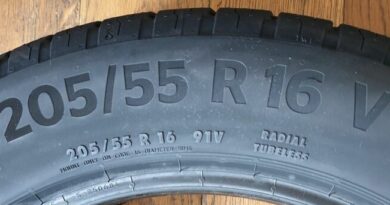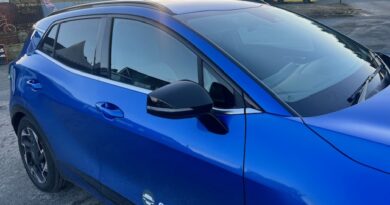What is Winter Car Check: Essentials to Keep Your Vehicle Ready for the Cold
A winter car check is a proactive way to ensure your vehicle remains reliable and safe during the colder months. In this article, we’ll explore essential tips to include in your winter car check to keep you and your car well-prepared for the season. As winter approaches, it’s crucial to prepare your car for the challenges posed by colder temperatures, icy roads, and adverse weather conditions. It’s very very basic check by technician. Usually safety checks are free to lure you into upsales so be careful and mindful. Buying a used car book vehicle inspection.
1. Battery Health Check:
Cold weather can be particularly demanding on car batteries. Ensure your battery is in good condition by checking its age and charge. If your battery is several years old or showing signs of weakness, consider replacing it before winter sets in. What is safety check.
2. Antifreeze Levels:
Maintaining the right levels of antifreeze in your radiator is crucial to prevent the coolant from freezing. Check the antifreeze concentration using a tester, and if needed, top it up to the recommended levels. Make sure freezing point is at least -30c according to your counties environment.
3. Tire Inspection:
Examine your tires for sufficient tread depth and overall condition. Consider switching to winter or all-season tires for improved traction on icy roads. Also, ensure your tires are properly inflated, as tire pressure tends to drop in colder temperatures. Make sure you have correct tyres fitted according to countries regulations.
4. Brake Check:
Winter driving requires responsive brakes. Have your brakes inspected, including the brake pads, discs, and fluid levels. Addressing any brake issues before winter is essential for optimal stopping power.
5. Oil and Fluid Checks:
Ensure all essential fluids, including engine oil, brake fluid, and windshield washer fluid, are at the recommended levels. Cold weather can impact fluid viscosity, so using the right winter-grade oil is advisable.
6. Heating and Defrosting Systems:
Check your car’s heating and defrosting systems to ensure they are in proper working order. This includes testing the heater, defroster, and rear window defogger. A clear view of the road is crucial for safe winter driving.
7. Windshield Wipers and Washer Fluid:
Replace worn-out wiper blades and ensure your windshield washer fluid is rated for freezing temperatures. Visibility is key during winter, and functioning wipers combined with an appropriate washer fluid can make a significant difference.
8. Emergency Kit:
Assemble or update your winter emergency kit. Include items such as a blanket, flashlight, extra warm clothing, non-perishable snacks, and a first aid kit. In case of a breakdown, having essential supplies can provide comfort and safety.
9. Exhaust System Check:
Inspect the exhaust system for leaks, as snow and ice can amplify the risk of carbon monoxide entering the cabin. If you notice any unusual odors or sounds, have the exhaust system examined by a professional.
10. Check Lights and Indicators:
Ensure all exterior lights, including headlights, brake lights, and turn signals, are functioning correctly. Winter days are shorter, and well-maintained lights enhance visibility. Buying a car in winter.
By incorporating these tips into your winter car check routine, you can increase the resilience and reliability of your vehicle in colder conditions. Prioritizing these essential checks ensures a safer and more enjoyable driving experience during the winter months. Summer check.
Buying a used VW. Buying used vauxhall, BMW, Jaguar, Ford, Volvo, Range rover, Bentley, Aston Martin, Porsche, Ferrari, Lamborghini, Maserati, Hyundai, Tesla




